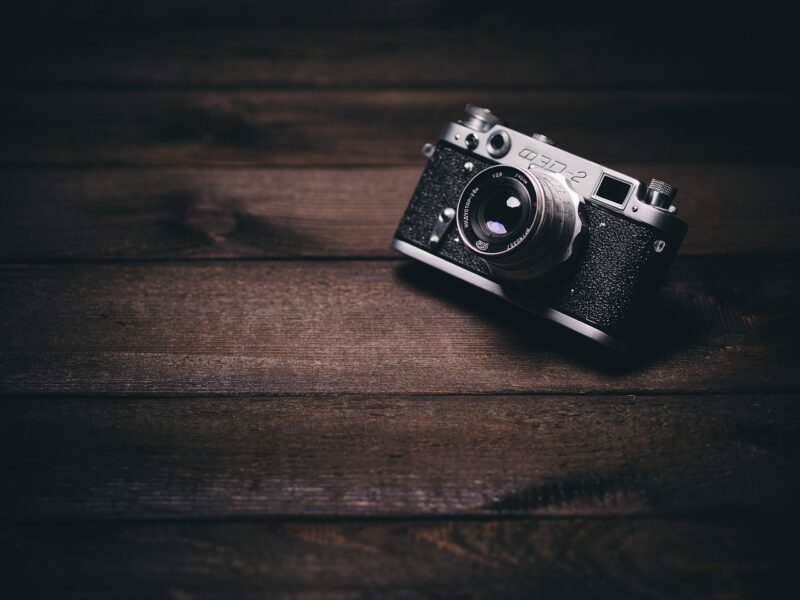Vintage Beauty Devices That Look More Like Torture Instruments Than Beauty Tools
November 15, 2024

Throughout history, beauty has been both revered and pursued, with individuals often going to great lengths to achieve the desired looks of their time. This pursuit, however, has frequently involved questionable devices that modern eyes might liken more to medieval torture instruments than beauty tools. In this article, we will explore some of the most bizarre and bizarrely wonderful vintage beauty devices that could easily raise an eyebrow (or a scream) in any era.
1. The 19th Century Hair Iron
Picture a curling iron, but one that is heated to scorching temperatures on a stove and grasped using awkward metal handles. The 19th-century hair iron was an essential beauty device for Victorian women, often looking more like a weapon of a medieval knight than a sleek styling tool.
These contraptions could leave burns and scalds on skin, and yet women used them for luscious locks, showing that beauty truly can be painful. Most were designed to curl the hair, and the results could be quite impressive—if one survived the experience.
2. The Facial Vibrator
Dating back to the early 20th century, the facial vibrator was marketed as a way to rejuvenate the skin. These devices looked like something out of a sci-fi horror movie, featuring an array of wires and metal attachments. Many claimed that these vibrating contraptions could reduce wrinkles and improve circulation.
However, the vibrations were so intense that one could liken them to a tiny earthquake for the face—a discomfort that would be hard to endure for the sake of beauty.
3. The Electric Face Massager
Women in the 1950s were introduced to the electric face massager, a device that resembled a miniature lawn mower. The objective? To ‘lift’ and ‘firm’ the skin through vigorous shaking and pulsing.
While advertising touted these gadgets as sure-fire ways to maintain youth, the fear of electric shocks made them more daunting than alluring. Many would wonder if better results could be had from just a good green smoothie.
4. The Nose Straightener
As if beauty standards weren’t already high, this device from decades past aimed to straighten noses. The mechanism often involved pinching and pulling—the kind of action that could easily send someone to a cosmetic surgeon rather than relying on questionable devices.
Worn overnight, the nose straightener looked like a medieval nose-horn. The intended results—while feasible in the imagination—rarely materialized, leaving users with nothing but stories of discomfort and dissatisfaction.
5. The Plucking Machine
Depicted as a nightmarish version of a hairdryer, this contraption from the 1930s promised to freeze unwanted hair follicles while pulling out brows and fuzz with precise force. The design was metal and intimidating, carrying more than a hint of horror movie vibes.
Imagine a dentist’s angle grinder directed at your face! While it may have been effective in eliminating hair, few brave souls would likely look forward to the experience.
6. The Cornelia Connelly Personal Trainer
This device, shaped like a medieval torture chamber, was deemed a revolutionary figure in the world of fitness and beauty in the early 1900s. The Cornelia Connelly Personal Trainer promised users a workout while they were seated, featuring leather straps and springs designed to stretch the body into shape.
The image of fitness involving bondage-like restraints would likely make modern consumers run for their yoga mats instead.
7. The Painless Hair Remover
Disguised as a sleek, metallic pen, this hair removal tool promised to remove hair without pain using an oddly intimidating suction method. Many who tried didn’t find relief from pain but rather an odd sensation accompanied by the echoing fears of “Will this suck out my skin too?”
Although marketing claimed it was ‘painless,’ the unrepentant beauty seekers of the day often found the experience anything but.
Conclusion
The vintage beauty devices showcased herein serve as a reminder of how far we have come in the realm of beauty and personal care. No longer must we rely on such bizarre and oftentimes painful contraptions to maintain our appearances.
As we embrace technological advancements and sensible beauty practices today, we can hold a sense of reverence for those who dared to explore the unusual in the name of beauty. The next time you apply your skincare routine or style your hair, consider the countless individuals before you who risked life, limb, and dignity for the aesthetics we may now take for granted.
Now, more than ever, perhaps we could foster beauty standards that celebrate natural impact rather than put ourselves through generations of questionable beauty rituals.
Lastly, while vintage devices may have looked more like instruments of torture, they symbolize the eternal quest for beauty that connects us all throughout history.





